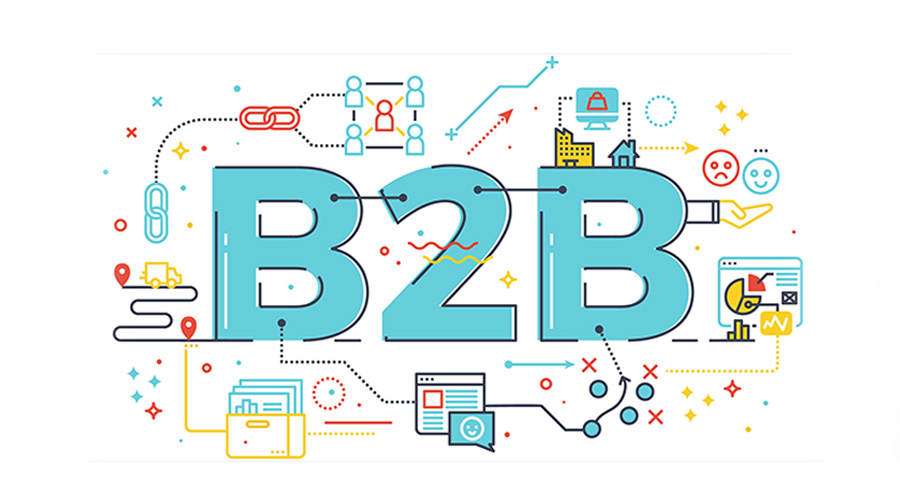
Artificial intelligence (AI) is disrupting the B2B sales and marketing landscape. It's already being used to automate tasks, personalize customer experiences, and make better decisions. And as AI technology continues to evolve, it will only become more powerful and sophisticated.
Here are some of the ways AI is helping B2B companies level up their sales and marketing game:
. Automating tasks: AI can automate many of the time-consuming tasks involved in B2B sales and marketing, such as lead generation, qualifying leads, and scheduling appointments. This frees up sales and marketing professionals to focus on more strategic activities, like building relationships with customers and closing deals. For example, AI can be used to scan social media for potential leads, qualify leads based on their past purchases, and schedule appointments with leads who are most likely to convert.
. Personalizing customer experiences: AI can be used to personalize customer experiences across all channels, from email and social media to website content and product recommendations. This helps businesses connect with customers on a more personal level and build stronger relationships. For example, AI can be used to track a customer's browsing history and purchase behavior, and then use that information to recommend products or services that the customer is likely to be interested in. It can also be used to create personalized email marketing campaigns that target each recipient's interests.
. Making better decisions: AI can be used to analyze large amounts of data to identify trends, predict customer behavior, and make better decisions about everything from product development to pricing. This helps businesses stay ahead of the competition and deliver the best possible customer experience. For example, AI can be used to predict which products are most likely to sell, so that businesses can focus their marketing efforts on those products. It can also be used to predict which customers are most likely to churn, so that businesses can take steps to prevent churn.
AI is a powerful tool that can help B2B businesses improve their sales and marketing results. If you're not using AI in your B2B sales and marketing efforts, you're missing out on a major opportunity to level up your game.
Here are some specific examples of how AI is being used in B2B sales and marketing today:
. Lead scoring: AI can be used to score leads based on their potential value to the business. This helps sales reps prioritize their time and focus on the most promising leads. For example, AI can be used to consider factors such as a lead's company size, industry, and website traffic to determine their lead score.
. Predictive analytics: AI can be used to predict which leads are most likely to convert. This helps businesses target their marketing efforts more effectively. For example, AI can be used to consider factors such as a lead's past purchases, website behavior, and social media activity to predict their likelihood of converting.
. Chatbots: Chatbots can be used to automate customer service tasks, such as answering FAQs and providing product support. This frees up customer service representatives to focus on more complex issues. For example, AI-powered chatbots can be used to answer customer questions about products and services, resolve technical issues, and even make sales.
. Personalized email marketing: AI can be used to personalize email marketing campaigns based on each recipient's interests. This helps businesses increase open rates, click-through rates, and conversions. For example, AI can be used to personalize email subject lines, content, and calls to action based on a recipient's past purchases, website behavior, and social media activity.
. Account-based marketing: AI can be used to identify and target the most important accounts for the business. This helps sales and marketing teams focus their efforts on the accounts that are most likely to generate revenue. For example, AI can be used to consider factors such as a company's size, industry, and growth potential to determine their account score.
AI is a rapidly evolving technology, and it's only going to become more powerful and sophisticated in the years to come. Businesses that don't start using AI now will be at a competitive disadvantage in the future.
So what are you waiting for? Start exploring how AI can help you take your B2B sales and marketing to the next level today!